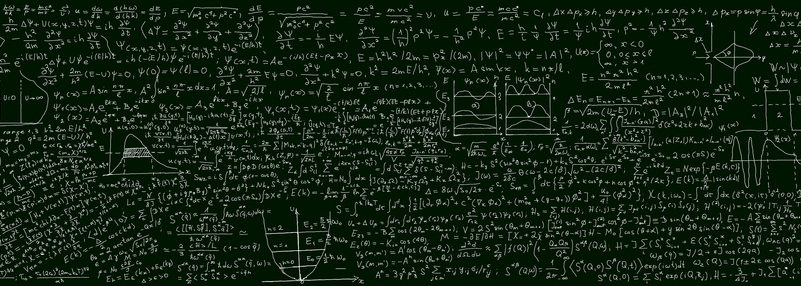
In-brief: NIST is asking for help designing post-quantum encryption algorithms to protect data and communications.
With functional, quantum computers just around the corner, The National Institute of Standards and Technology (NIST) is asking the public for help heading off what it calls “a looming threat to information security:” powerful quantum computers capable of breaking even the strongest encryption codes used to protect the privacy of digital information.
In a statement Tuesday, NIST asked the public to submit ideas for “post-quantum cryptography” algorithms that will be “less susceptible to a quantum computer’s attack.” NIST formally announced its quest in a publication on The Federal Register.
Quantum computing, which is a departure from classical computing that relies on binary logic. Rather than relying on bits with set values (0 or 1), quantum computers make use of quantum-mechanical phenomena, such as superposition and entanglement, to perform operations on data. The technology is still in its infancy, with early experiments in storing and observing information in so-called quantum “qubits.” But there is considerable investment in development of quantum computers. Efforts to build quantum fiber and satellite networks are underway, as is investment in the development of quantum computers, prompting calls for efforts to shore up encryption algorithms in advance of functional quantum computing systems.
Dustin Moody, a mathematician at NIST said the Institutes main focus is developing new public key cryptography algorithms, which are used today to protect both stored and transmitted information.
“We’re looking to replace three NIST cryptographic standards and guidelines that would be the most vulnerable to quantum computers,” Moody said. They are FIPS 186-4, NIST SP 800-56A and NIST SP 800-56B.
The three address data encryption, key establishment and digital signatures and use forms of public key cryptography, Moody said.
Researchers have until November, 2017 to submit their ideas. After the deadline, NIST will review the submissions. Proposals that meet the “post-quantum crypto” standards set up by NIST will be invited to present their algorithms at an open workshop in early 2018.
An evaluation phase will follow, which will take an estimated three to five years.
“We will be doing our own internal review of the algorithms, and we certainly want the public and crypto community to analyze the algorithms as well,” Moody said, adding that NIST will narrow down the candidate pool a few times during the evaluation period to focus on ones that appear promising.

Pingback: :: GB Media